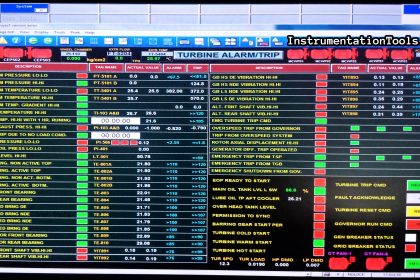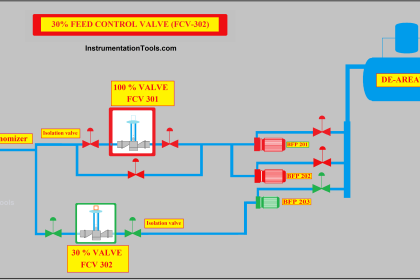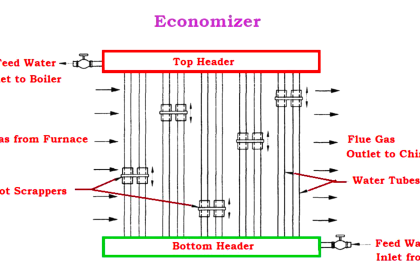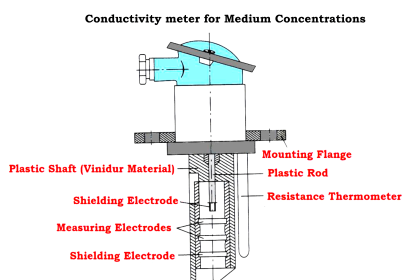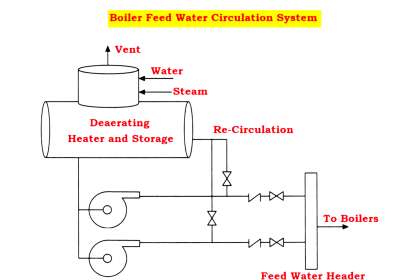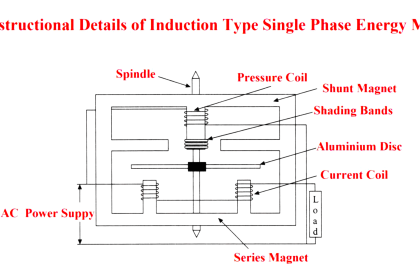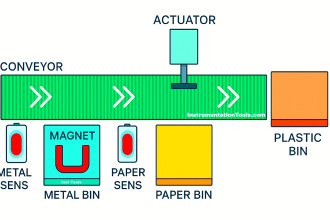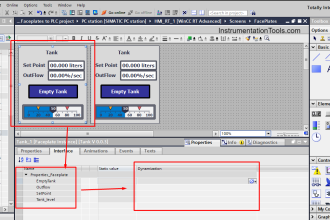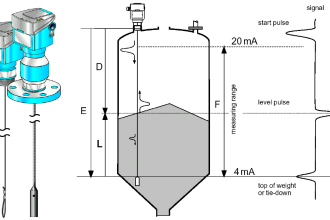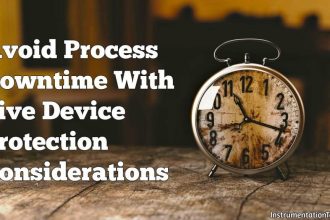In this article, you will learn the principle of operation of an Electrostatic Precipitator, its functions, advantages, and disadvantages.
Electrostatic Precipitator

- An electrostatic Precipitator is a very efficient dust separation unit used in boilers.
- The basic principle of an Electrostatic Precipitator is the attraction of two oppositely charged particles.
- Particles present in the hot flue gas are negatively charged by the ionization of gas molecules, these negatively charged dust particles are attracted to positively charged collecting plates.
- Electrostatic Precipitator uses electrostatic forces to separate dust particles from the flue gas.
- An electrostatic Precipitator in the boiler may be installed after or before the Air preheater.
- If ESP is installed after the Air preheater is called a Cold Side Electrostatic Precipitator.
- If ESP is installed before the Air preheater is called Hot Side Electrostatic Precipitator.
- Hot Side ESP handles high-temperature flue gas. As the volume of hot gas is more, so the size of the hot side ESP is larger.
Working of Electrostatic Precipitator
- An electrostatic precipitator consists of a larger number of discharge electrodes and collecting plates.
- The discharge electrode is connected to the negative terminal of High voltage DC obtained through a transformer rectifier.
- The large flat surface collecting plate is connected to the ground.
- Dust-laden flue gas flows between these two electrodes.
- An electric field is generated, when a supply is given to the discharge electrode.
- Corona is established due to high field strength and charges the particulates present in the flue gas.
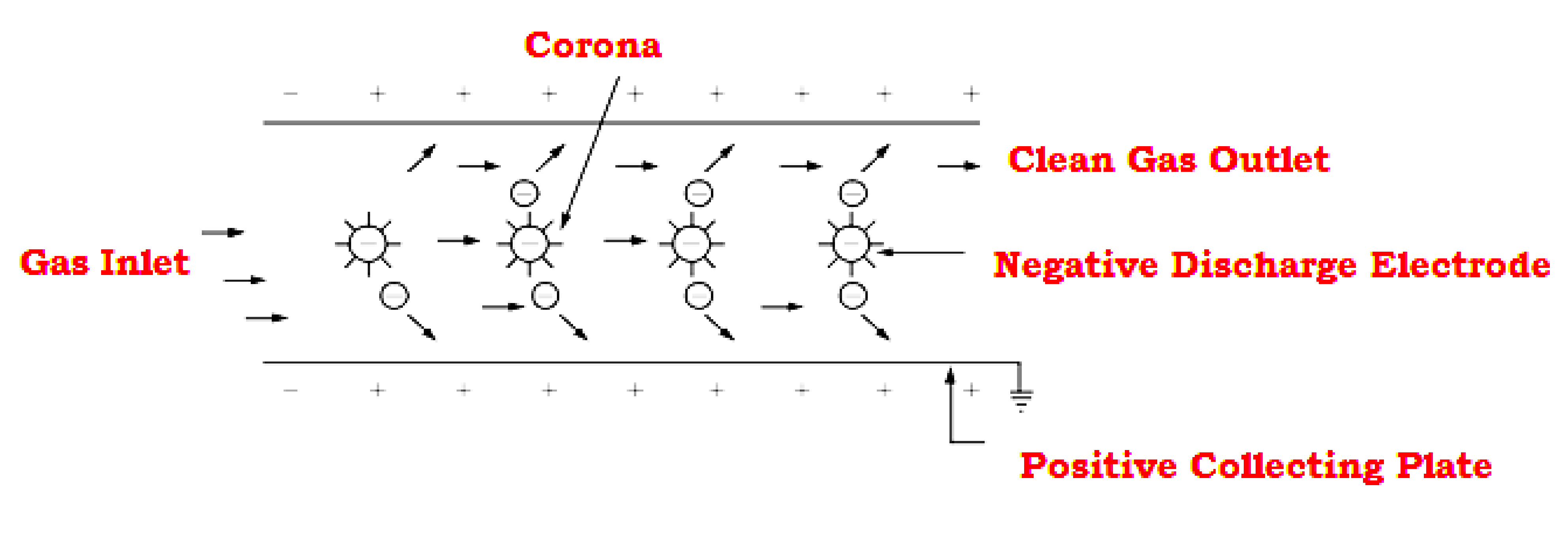
What is Corona?
- The ionization of gas molecules by the high-energy electrodes in a strong electric field is called Corona.
- These charged particles are attracted by the collecting plates.
- Corona ionizes gas molecules and charges dust particles.
- The density of flue gas is reduced at higher temperatures.
- The lower density of the flue gas initiates the corona at the lower voltage.
- These charged particles lose their charge when they come in contact with the collecting electrodes.
- Particles are attached to the collecting surface and form a dust cake. Periodically a rapper strikes the collecting plate to dislodge the collected ash. This dislodged collected ash drops into an ash hopper placed at the bottom of the Electrostatic precipitator.
Corona Power
- The power required to energize the discharge electrode and generate corona.
- Corona power is expressed in watts per 1000 cubic meters per hour or ACFM.
- It is approximately 60 to 300 watts per 1000 cubic meters per hour.
Functions of Electrostatic Precipitator
The total function of the Electrostatic precipitator is categorized into
- Ionization of dust particles flowing between the electrodes.
- Migration and Collection of particles on oppositely charged collecting plates
- Removal of particles from the collecting surface to a hopper by vibrating or rapping the collecting surface.
The main components of ESP are as follows:
- Power supply unit (TR unit)
- Ionizing section and collecting surface
- A means of removing the collected particles
- A housing to enclose
What factor affects the performance of ESP?
There are many factors that influence the performance of an ESP.
- The Resistivity of Particulates:
- It is the main factor that influences ESP performance.
- This is the measurement of resistance to electrical conduction.
- Resistivity is the electrical resistance of a dust sample of 1 cm2 in cross-section and 1 cm in thickness.
- The unit of resistivity is ohm-centimeter, and it for coal fly ash is normally 108 to 1012.
- Between the temperature range of 300 °F to 400 °F resistivity scales for the maximum range.
- The charged particles transfer their charge to the collecting plate.
- Charging high-resistance particulates is difficult, when once charged they do not give up charge to the collecting plate easily.
- Charging of low resistance particulates is easy, when once charged they give up charge to the collecting plate easily.
- Corona reduces ionization and particles escape with the flue gas.
- Carbon particulates in the fly ash reduce their resistivity.
- The major factors that influence ash resistivity are temperature, carbon particles, and chemical composition such as sodium and sulfur trioxide.
Specific Collection Area (SCA)
- Specific Collection Area (SCA)is defined as the ratio of the total collecting surface area to the Flow rate of Flue Gas in TPH.
- This is, as mentioned in As per Deutsch–Anderson equation, this ratio is A/Q.
SCA = (Total collection surface m2) / (The flow rate of Flue Gas in TPH)
SCA = A/Q m2/TPH/s
For an ideal ESP, a Specific collection area of 200 m2/TPH/s is suitable.
Aspect Ratio
- The aspect ratio is defined as the ratio of length to the height of an ESP.
- This Aspect ratio is an important factor in reducing the rapping loss.
- If the height of the collecting plate is more as compared to the length, then during rapping, the dislodged dust particle is carried out by the gas flow before it settles in the dust hopper. So, the collection efficiency decreases.
Aspect ratio =Effective length (L) / Effective height (H)
In each section,
- The effective length of the collecting surface is the sum of the length of the plates
- The effective height of the collecting surface is the sum of the height of the plate.
- If there are five sections, then the plate length is 3m, then the effective length is given by 3*5 =15 m.
- If the height of each plate is 10 m, then the aspect ratio, in this case, is 15/10 or 1.5.
- For an ideal ESP, the Aspect ratio is kept approximately between 0.5 and 2.0.
Flue Gas Velocity
- Flue gas velocity has a significant effect on the efficiency of ESP.
- The efficiency of ESP increases when flue gas velocity decreases.
- Flue Gas Flow and Electrostatic Force are two forces that act on ESP.
- The first is due to the flue gas flow and the second is due to the electrostatic force created.
- Both Flue Gas Flow and Electrostatic Force are at the right angle to each other, So the particle flows in the resultant direction.
- If the Electrostatic Force is more than the flue gas, the force particle flows in Path1 and gets collected at the collecting plate.
- If the Electrostatic Force is lesser than the flue gas, the force particle flows in Path 2 and escapes from the collecting plates.
- Low Gas velocity provides enough residual time for proper charging and collection of dust particles.
- High Flue Gas Velocity may lead to erosion in ESP.
- For an Ideal ESP, a Flue Gas Velocity of 0.75 m/s is best suited.
Advantages of Electrostatic Precipitator
- Low-Pressure drops of flue gas across ESP.
- ESP has collection efficiency.
- Maintenance cost is very less.
- Silicon control rectifiers allow ESP to operate in auto mode.
Disadvantages of Electrostatic Precipitator
- The capital cost of ESP is high
- The size of an ESP is large.
- It is prone to corrosion
- Requires proper skill to handle as its operating voltage is very high.
If you liked this article, then please subscribe to our YouTube Channel for Electrical, Electronics, Instrumentation, PLC, and SCADA video tutorials.
You can also follow us on Facebook and Twitter to receive daily updates.
Read Next:
- Turbine Control System
- Boiler Light-Up Sequence
- Deaerator Control System
- Furnace Draft Control System
- Parameters in Steam Turbine
